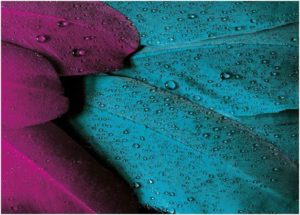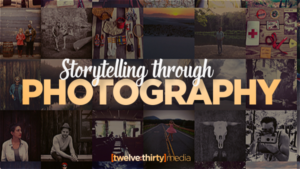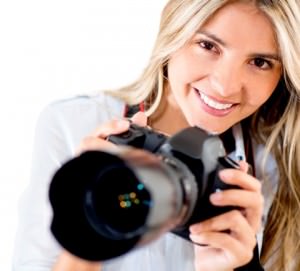4 Photography Tips You Can Learn From A Photography For Beginners Book
If you want to capture the best photos as a beginner, you’d want to get some tips on some of the best practices in photography. One excellent approach to master photography tricks is to use a photography for beginners book.
If you diligently practice using the tips written therein, you’ll have a higher chance to be among the best photographers due to the fantastic photos you’ll take. Here are some of the tips you can learn from a photography for beginners book:
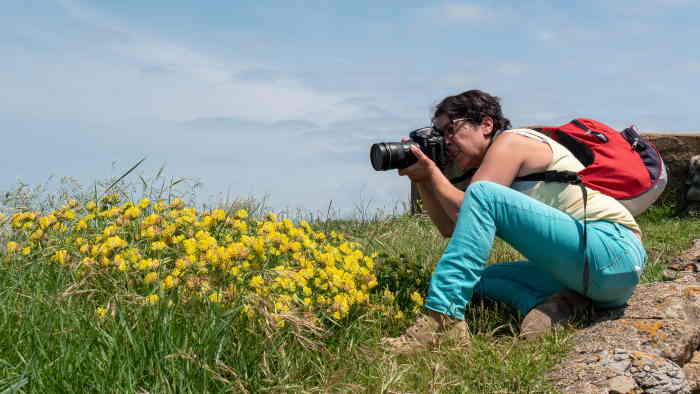
- Golden Hours Provide The Best Light
If you want incredible photos, having great light is the most fundamental thing. Hence, the light quality should be the first thing to think about before going for any shoot. The best light for any photography theme is golden hour lighting. This is the light about an hour or two after sunrise and before sunset when the sun is a bit low in the sky.
During these magic hours, the sun casts a lovely glow, which helps give your images even light, making them look good. Additionally, it enables you to capture details and nice colors. The truth is, it’s rare to go wrong with the golden-hour lighting. It can transform one would-be dull photo into something astounding.
If you want to know more about lighting as a beginner, and other photography basics, here are the introductory courses you’d want to consider.
- Cloudy Light Gives Beautiful Colors
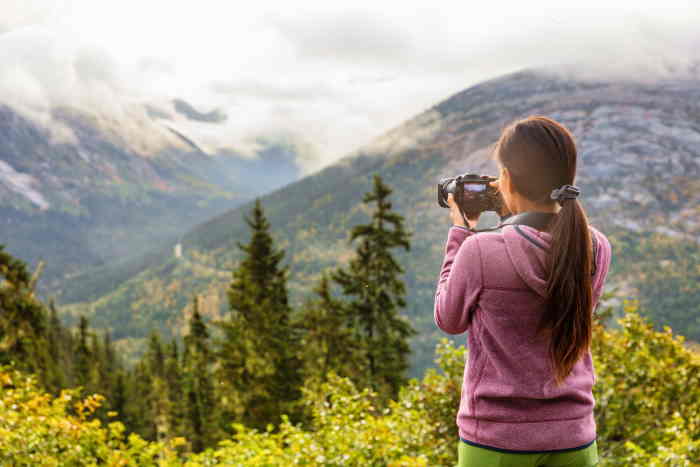
As much as golden light is the most preferred light in photography, cloudy light is also good. It may not be like the golden hour lighting, but it can rejuvenate a photo, too.
First, the clouds diffuse the light, giving the scene a softer and subtler look. This enables you to capture images with high-contrast subjects, which may include both white and black tones. The reason is that you don’t have to worry about whites becoming extremely bright and blacks getting extremely dark.
In addition to that, clouds help bring out the true color of the image. Since that light is soft, it makes the colors look more saturated. For that reason, shooting colorful objects in cloudy light is a good idea, and it’s one of the things that can help take your photography to the next level.
The other thing that you should consider is the formation of the clouds. If the clouds are incredibly thick, perhaps because of looming bad weather, the light may not be enough to enable you to capture beautiful photos. Therefore, you can wait until there’s enough light, probably the next day, for you to take the pictures.
On the contrary, if the clouds are very thin, say at midday, the result might be harsh lighting. It may not make any difference with a wholly sunny sky, hence the photos may not come out as impressive as you’d have wished them to be.
- Exposure Levels
Exposure is the brightness level in any image. The objective of high-quality photography is to capture an even exposure–one that’s not so dark that you can’t see the details and not so bright that you lose the white details.
A photography book for beginners can introduce you to the basics of exposure. However, it might be challenging at first to get the hang of it because some subjects have both light and dark tones, which makes it hard to correctly judge the most appropriate exposure level. The good thing is that almost every up-to-date camera has a good-in-built meter that analyzes the scene and indicates the best exposure.
Still, these meters may not be one hundred percent accurate. That’s where you step in with your photography skills and make some adjustments until you get it right.
- Include An Astounding Main Subject
Composition is anything that you include in or eliminate from the picture. The main subject should be something impressive that acts as the anchor to the image. Thus, it should stand out. This could be anything such as a bird, an animal, a person, or a flower. The main subject should stand out alone amidst other things that are around it.
This being said, you should find out how you can isolate the subject by standing at an angle that’ll enable you to remove all the distractions from the scene. If there’s a need to manually remove the distraction yourself, do it!
Conclusion
There are many photography tips you can learn from a photography for beginners book. The most useful tips covered by most books revolve around lighting, exposure, and focusing. Other tips that you can learn include editing the images, zooming dynamics, and snapping fast-moving objects. So, don’t hesitate to buy such books whenever you come across one online or at a local store.
